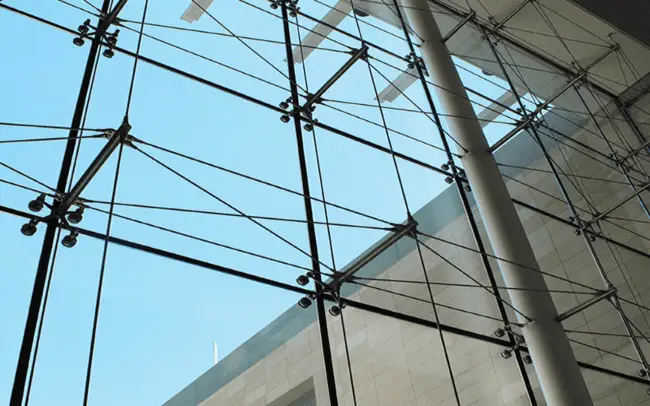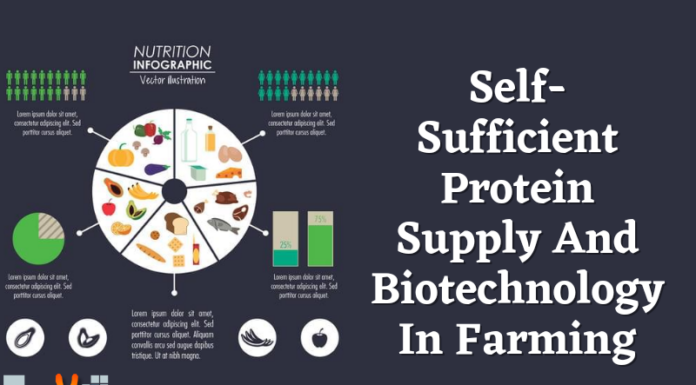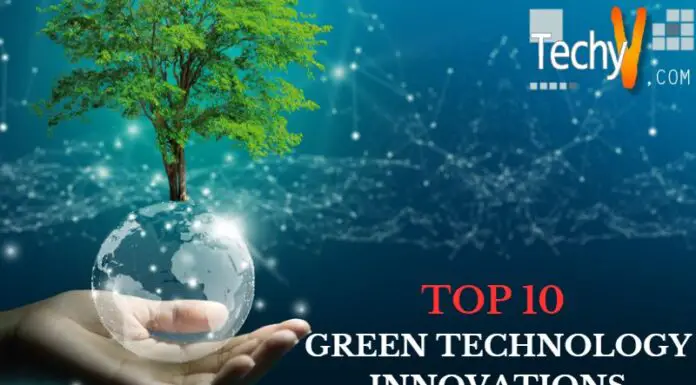Humans have developed various technologies and machines that are inspired by nature. Things present in nature help us create inventions. Here are some of our favorite instances of how biomimetic design—an approach to human invention that imitates nature—has inspired some of our greatest works of art, from bionic automobiles to structures. Nature has provided us with design inspiration for everything we have made, including solar panels, airplanes, and even skyscrapers.
1. Airplanes
Leonardo da Vinci’s beautiful paintings show how the natural environment can be a source of ideas for humans. He was fascinated by both art and science. He designed human ‘wings’ that he thought would flap similarly to a bird through the air after meticulously studying the flight design of birds. Although the actual functioning was inadequate for the purpose, it still represents one of the earliest instances of the use of biomimicry in invention and innovation.
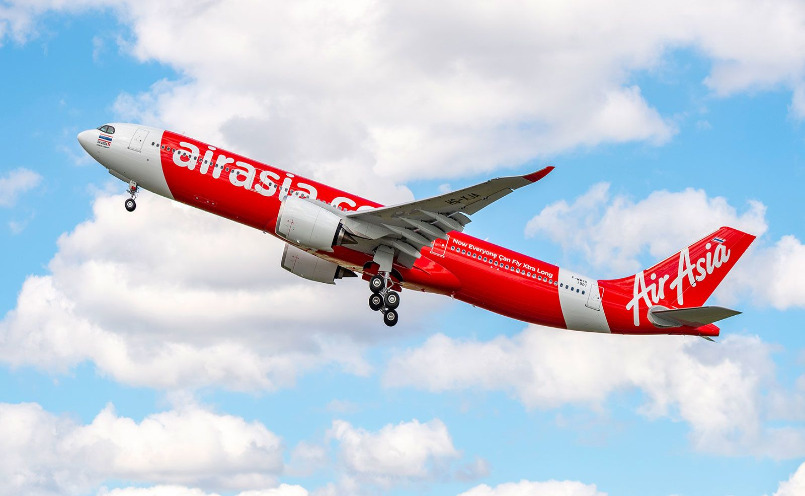
2. Solar Panels
Solar panels and plant leaves both use the sun’s energy to generate electricity, but a Princeton University team went one step further by incorporating folds into solar cells. More light enters the cell through the folds, which resemble the natural wrinkles seen in leaves. In 2015, researchers said that leaf-like cells produced 47% more power than cells with no folds.

3. Submarine
Studying the whales, scientists came up with the idea to invent a submarine to sail under the vast oceans. The design of the submarines is based on the shape of whales. And like whales, submarines also their sonar system to trace food and avoid hurdles. This ability to measure distances of targets has also been built in submarines to maneuvre movements underwater. Whales can stay for long periods in water, and submarines also have this ability.
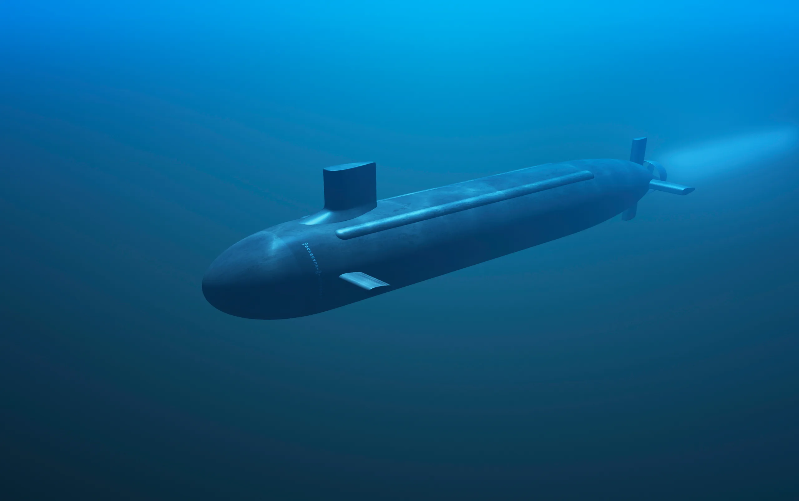
4. Sonar
Bats and dolphins use echolocation and their sonar system, respectively, for navigation and finding food. Bats can fly at night without light and they do so with the help of echolocation. Using this phenomenon, scientists have developed robots that work by using sensors to allow them to move without hitting anything. This also led to the invention of technologies and detectors that help in finding objects on walkways and paths, especially for blind people in the form of ‘Ultracane’ which begins to vibrate when it gets closer to any object.
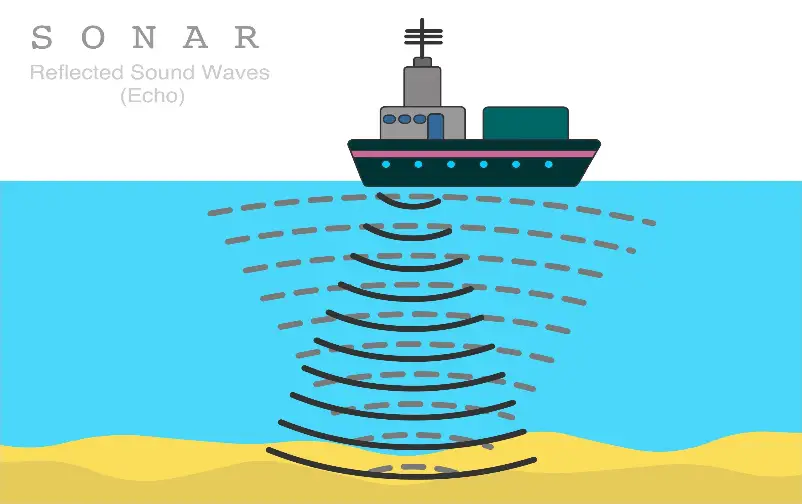
5. Bullet Train
The aerodynamic design of the Japanese Shinkansen Bullet Train is renowned for reducing noise while traveling at speeds of 150 to 200 mph through and out of tunnels. The long, thin beak of the kingfisher, a bird that dives into the water to hunt for fish with little to no splash, served as the inspiration for the trains’ design. The train’s form also enables it to move along at a 10% quicker speed while using 15% less power.
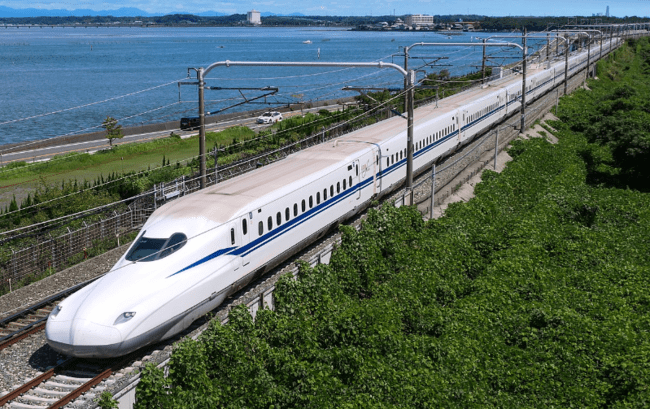
6. Adhesive Climbing Gear
Gecko toes have the extraordinary capacity to stick to the majority of surfaces, including clean glass. To design a climbing tool inspired by geckos, a Stanford University team scaled up the sticky structures found in tokay gecko toes in 2014. A human test subject who had sticky patches on his hands and feet was able to “walk” up a glass wall.
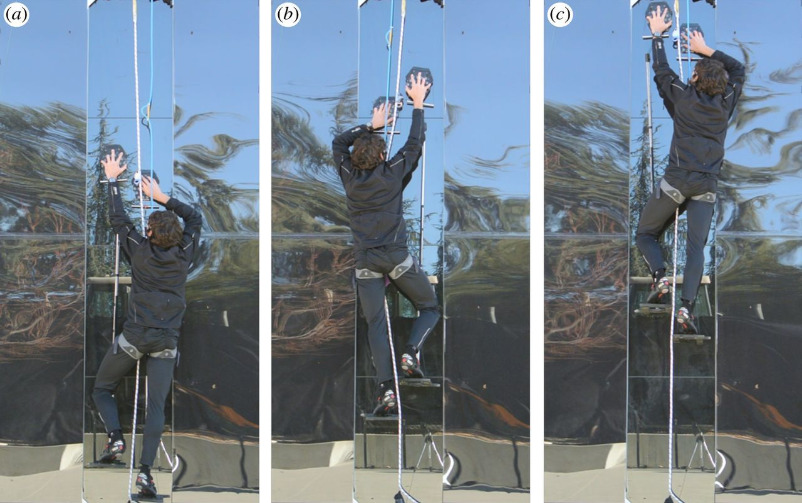
7. LEDs
We have invested a lot in the research and development of LED lighting technology over the past 20 years, creating one of the most complete portfolios of LED lighting systems and control IPs. The market for LED-based lighting products has developed and flourished since the mid-1990s. A groundbreaking idea from 10 or more years ago could now appear apparent. However, all of these breakthroughs were created at the time to deal with particular, challenging problems.
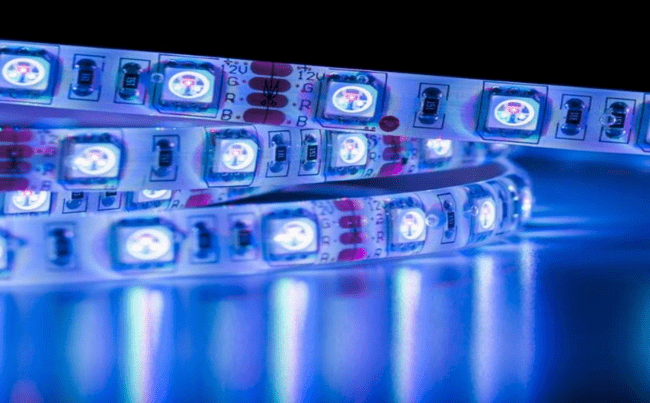
8. Bee Inspired
Various Buildings around us have been influenced by bee colonies for many years. The design seems to be loved by designers. And for a good reason, the hexagonal constructions are also visually beautiful and sound structural. They offer high compression strength, and the constructed environment makes considerable use of this kind of space efficiency. It is used widely because of its key factors.
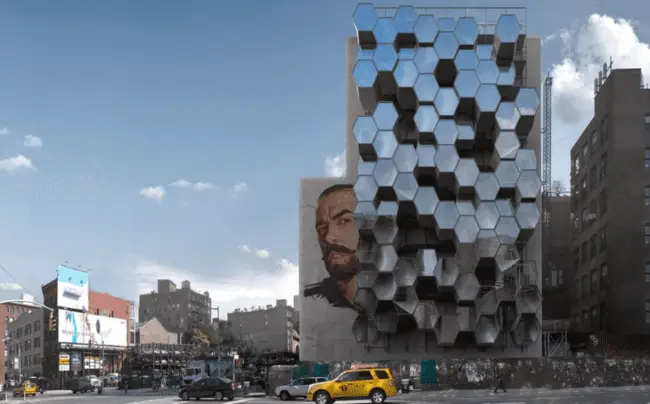
9. Wind Turbine Blades
Numerous turbines and other devices have been employed throughout history to harness the kinetic energy that the wind produces. The one with three blades revolving along a horizontal axis is the most common and widely used today—and the one Iberdrola picked. This is the most effective choice from a technical standpoint since greater balance is achieved with fewer blades.
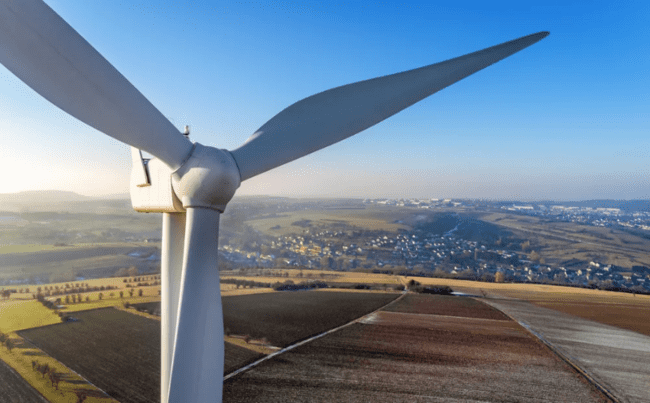
10. Spider Glass
A full system for bolted glass constructions is called SPIDERGLASS. Glass, fixings, fasteners, and SPIDER brackets for attachment to the framework or structure are all included in the full kit. It has lovely aesthetics and seems stunning in person.
